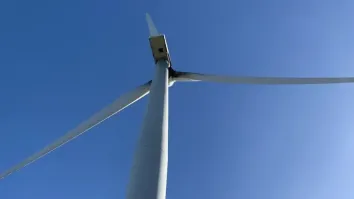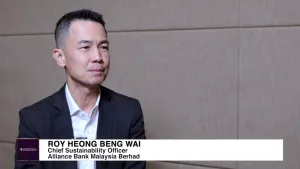
South Korean banks’ net income down 23.9% in Q3
Non-interest income and return of assets both fell during the quarter.
South Korean banks’ preliminary net income for Q3 came at KRW5.4t, 23.9% lower than in Q2, according to data from the Financial Supervisory Service (FSS).
Return in assets (ROA) for the three months to September stood at 0.58%, down 0.20% percentage points (ppt) compared to the previous three-month period.
Return on equity (ROE) for the third quarter was 7.87%, down 2.78 percentage points from the second quarter.
ALSO READ: South Korean financial firms to tighten lending standards in Q4: survey
Domestic banks’ interest income grew KRW14.7t in the second quarter to KRW14.8t in the third quarter, a KRW0.1t increase.
Net interest margin (NIM), however, has declined progressively since the first quarter. Interest income slightly expanded in Q3 based on an increase in interest-bearing assets.
Non-interest income of the domestic banks came in at KRW0.8t in Q3, down KRW0.9t or 56.1% in the second quarter.

















 Advertise
Advertise







